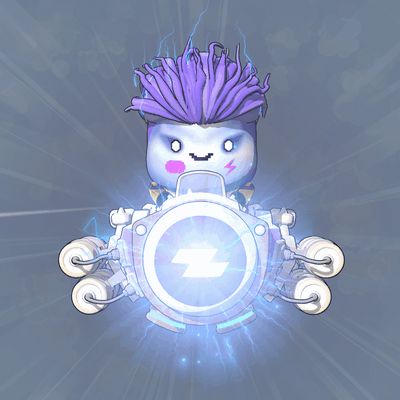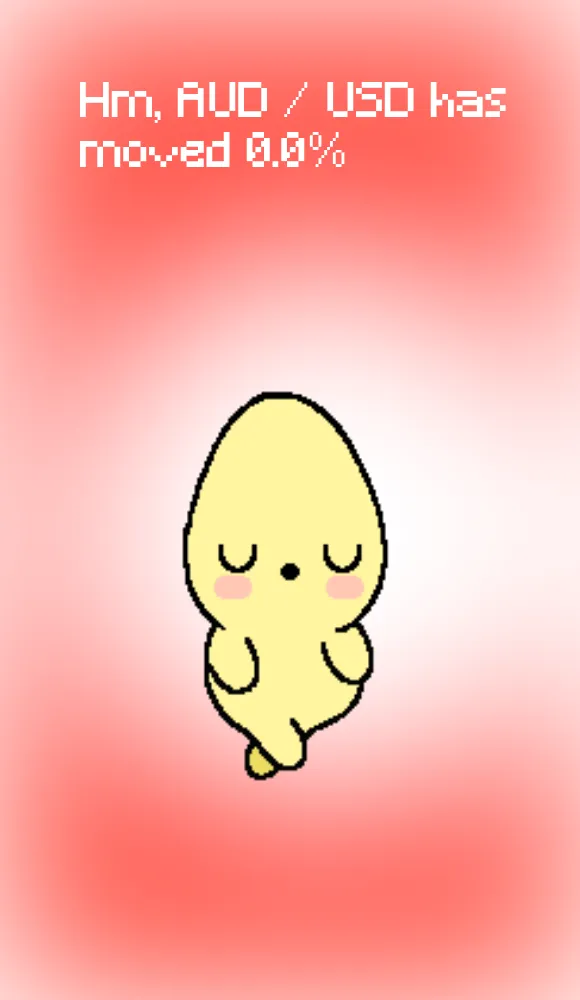Subscribe to get the latest on artists, exhibitions and more.
Reality Blurred: Exploring Ed Fornieles' Digital Worlds

Nico Epstein: Hello everyone, welcome. My name is Nico Epstein. I am an art advisor, art historian, educator, and one of the curators for Verse Solos, now SOLOS. I help bring the traditional art world into the digital art world. We're joined by the man of the hour, Mr. Ed Fornieles, to talk about life, art, and our upcoming release on SOLOS, 8 Ball Sages.
To give a bit of context, if I were to say Ed is a versatile artist, that would be a huge understatement. His practice is awe-inspiring, ranging from sculpture, video, to NFTs. The more we look at Ed's work, the more it reveals, showing it's ahead of its time. I've known Ed for about eight years, and it’s been amazing to watch his career evolve over the years.
We’ll start by looking at some of the key components of Ed’s oeuvre before diving into our upcoming release, 8 Ball Sages. Ed's work reflects a deep engagement with the digital age's complexities. His work has been exhibited internationally, with shows at Somerset House in London, Centre Pompidou Metz, Julia Stoschek Collection in Dusseldorf, CCA Futura in Prague, and various galleries worldwide.
Ed holds a BFA from the Ruskin School of Drawing in Oxford and an MA in Sculpture from the Royal College of Art. His style blends satire, pop culture, and the absurd, creating exaggerated environments that explore technology's influence on modern life. He often critiques how platforms shape social behaviour, communication, and identity.

















